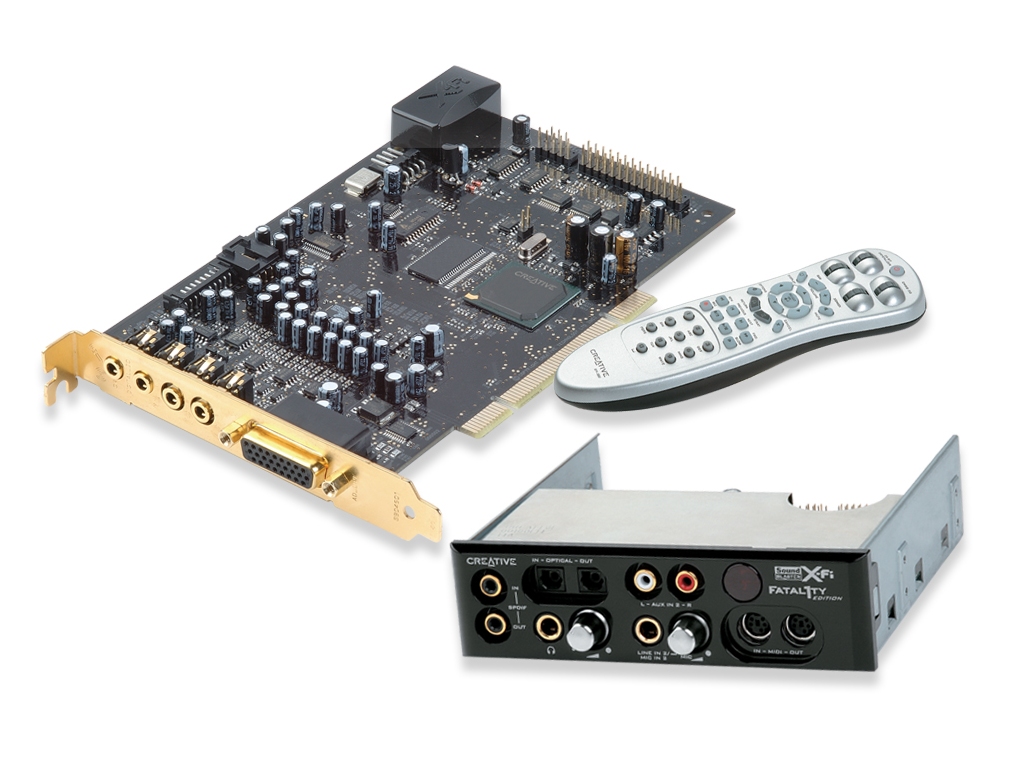
It had no hardware DSP, and all its features were implemented on the software level. In order to keep up with competitors, the company rolled out a pared-down X-Fi Xtreme Audio sound card in 2007 as in intermediate PCIe solution. Besides, PCI cards were selling well anyway. Under these conditions, it made little sense to redesign the entire board without getting real advantages. Usually one or two PCIe 1x slots were placed in the most inconvenient places - close to the graphics slot, for example. Their estimation was right: no sane motherboard maker would have abandoned PCI slots. Perhaps, Creative was sitting on the fence and waiting what would come out of the PCIe 1x slot for peripheral devices, considering the total absence of such peripheral devices. The company officially reported about design difficulties, latency problems and delays. Then they decided to design a completely new controller. At first, the company tried to couple the new bus with the existing X-Fi (20K1) DSP. The "relationships" between the PCI Express bus and Creative were not shaping well.



Also check out our Interview With Darragh O'Toole, Creative about the new PCI Express X-Fi sound cards.


 0 kommentar(er)
0 kommentar(er)
